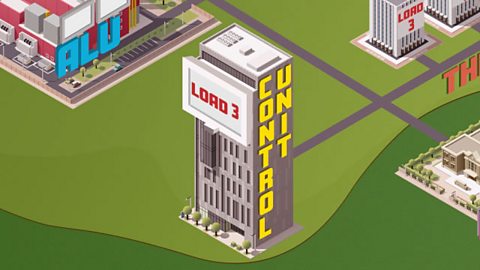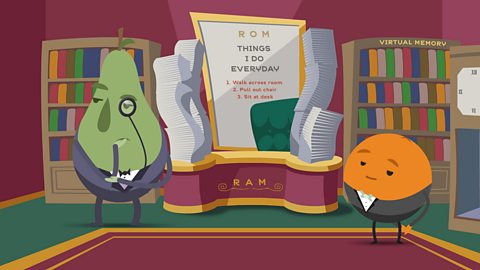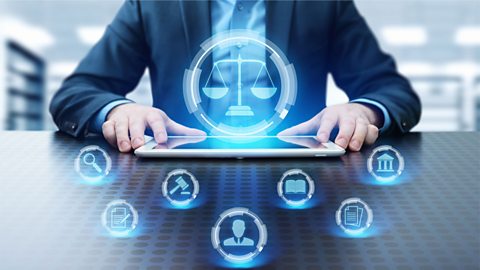Computer systems
Systems architecture - OCR
Von Neumann architecture provides the basis for the majority of the computers we use today. The fetch-decode-execute cycle describes how a processor functions.

Memory and storage - OCR
Primary memory is a key component of a computer system. Its function is to hold data and programs that are currently in use.

Units and data representation - OCR
All data is represented as binary digits, whether it is numbers, text, images or sound. Calculations are also done in binary.

Computer networks and topologies - OCR
Networks can be arranged in different topologies. Encryption is used to ensure that messages can be sent securely over a network.

Wired and wireless networks - OCR
Networking computers brings many benefits to users. Without networking, many computing applications would not be possible.

Network security - OCR
Networks operate on the principles of communication and sharing. Unfortunately, these principles mean that network traffic and data can be more easily subject to access by people who have no authority to do so.

Systems software - OCR
A computer is controlled by systems software. Operating systems provide this control, while utilities help to maintain the system.

Ethical, legal and environmental impacts of digital technology - OCR
The use of computers has brought about ethical, legal, cultural and environmental impacts. These issues increasingly affect people's daily lives.

Links
- External linkExternal link
- External linkExternal link
- External linkExternal link
- External linkExternal link
- External linkExternal link
- SubscriptionSubscription